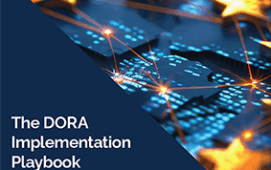
A combination of supply-based developments and demand-based needs are potentially transforming the way financial institutions comply with regulation and supervisory authorities oversee market participants, warned the European Securities and Markets Authority (ESMA) in a new report released on March 14, 2019.
The regulator recently carried out an analysis of the regulatory and supervisory technologies currently being developed in response to various demand and supply drivers, finding that regulatory pressure and budget limitations are pushing the market towards an increased use of automated software to replace human decision-making activities.
“This trend is reinforced by supply drivers such as increasing computing capacity and improved data architecture,” noted the regulator. “Market participants are increasingly using new automated tools in areas such as fraud detection, regulatory reporting and risk management, while potential applications of new tools for regulators include greater surveillance capacity and improved data collection and management.”
With these new tools come challenges and risks, notably operational risk. However, with appropriate implementation and safeguards, RegTech and SupTech (supervisory technology) may help improve a financial institution’s ability to meet regulatory demands in a cost-efficient manner and help regulators to analyse increasingly large and complex datasets.
Foremost among the technological advances, ESMA identified the widespread use of cloud computing, the increased acceptance of Application Programming Interfaces (APIs) and advances in the fields of AI and Machine Learning (AI/ML).
The report also identified a number of risks and challenges for regulators and market participants: including the improvement of data collection and management, the need for a new digital transition and a move towards a new data-driven supervisory process, operational risks including cyber resiliency, and key risks from strategic incentives as firms learn how to leverage potential regulatory loopholes as they develop their RegTech expertise.
Subscribe to our newsletter




